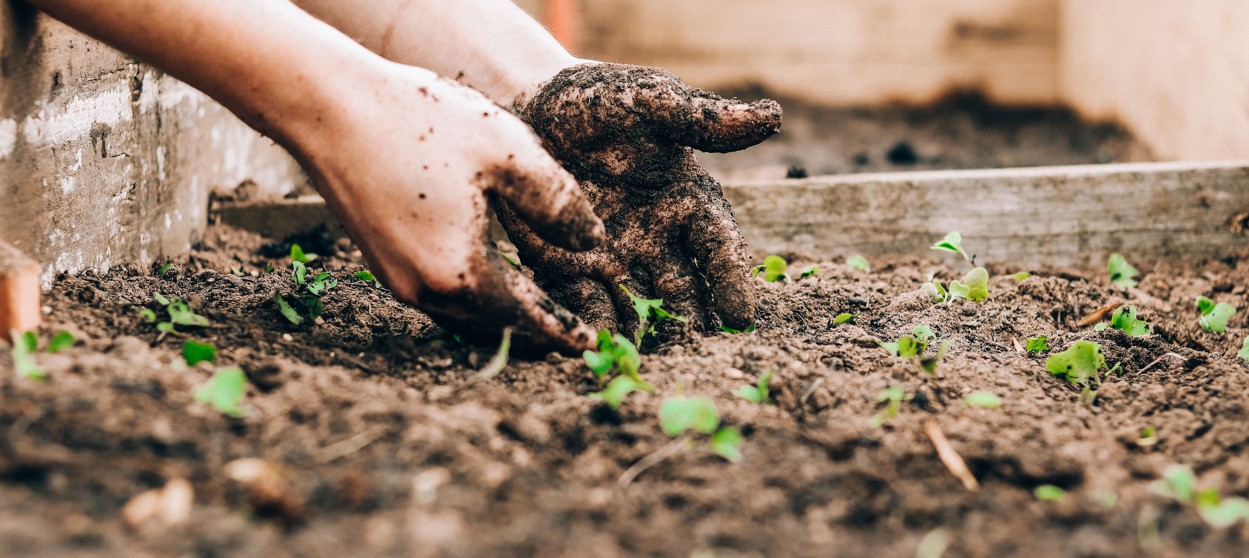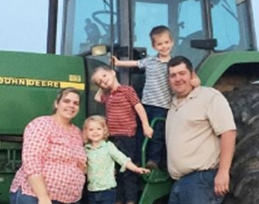

“Growing up, I loved the smell of fresh [soil],” says Ohio soybean farmer, Nathan Brown. “Now, I cringe when I think about working the ground and turning the soil, with all the compaction and erosion issues that can come from it.”
Brown’s comments are illustrative of a conflict many farmers face: They love what they do, but understand the toll it could take on the earth. What’s a farmer to do? We all have to eat after all. That’s where sustainable farming steps in.
“I want to make sure I’m in business tomorrow,” the first generation farmer said, “I want my kids to have the opportunity to farm if they want to.”
Over decades, farmers have developed new methods to maintain the land from which we all live. Brown, in particular, is a fan of no-till or conservation tillage and cover-crop methods.
Weeds are the bane of every crop farmer’s existence. Instead of tilling the soil to resist weeds, Brown minimizes soil disruption—which creates erosion. When it comes to spring planting, Brown’s method uses direct drilling of the soybean seed straight into the soil. Brown also chooses to use cover crops—crops that thrive in adverse conditions, but are not harvested—so that the soil is protected during the harsh frosts of winter.
Through his commitment to sustainable farming methods, Brown, who spent his childhood days dreaming of his own farm, grew his operation from 10 hectares (25 acres) to over 566 hectares (1,400 acres).
By trusting tried and true methods as well as embracing new methods, Brown hopes to be a community leader in sustainable farming and pass the land and his dream to his children.
This blog was adapted from the United Soybean Board.


